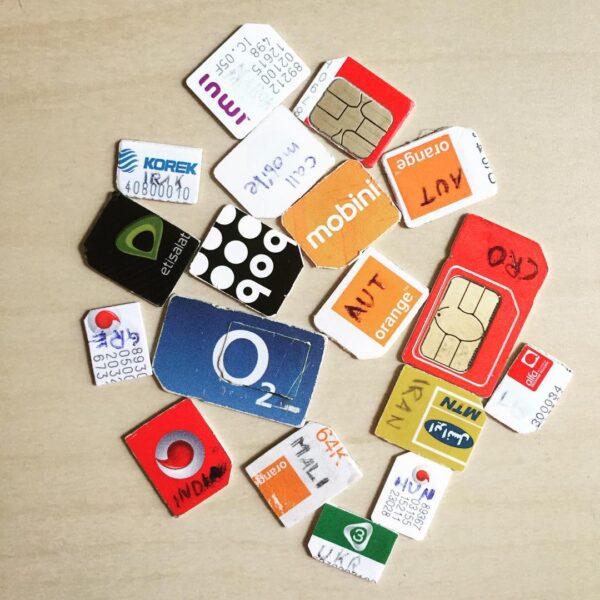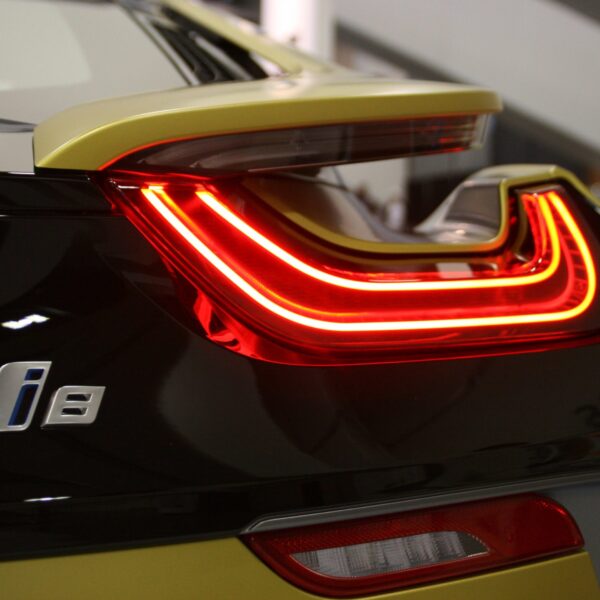Hospitals and healthcare facilities are expected to provide safety and quality care for patients and anyone within the facilities by minimizing the occurrence of any injuries from avoidable accidents. Smart lighting solutions are one of the ways hospitals can achieve their safety goals.
Notably, lighting needs within healthcare facilities are not uniform since each area has its own specifications where areas such as wards and examination rooms will demand different lighting.
How healthcare facilities benefit from smart lighting
Unlike other workplaces, hospitals rely on full-time lighting throughout the year, which is why smart lighting is a reliable and more efficient option for them. Lighting levels affect human health and mood where good lighting promotes better health and reduces depressive episodes, which would otherwise plague patients admitted to the hospital.
Some other solutions offered for smart lighting in hospitals and healthcare facilities include:
Improved security
Smart lighting systems allow users to integrate security systems through a centralized system. Instead of having multiple systems running, the centralized system can help in identifying and solving problems in real-time. Features such as motion detection can be added to the lighting and help in tracking both patients and visitors across the different areas of the hospital.
Cameras and other sensors can simply be added to the lighting systems, and together they can help monitor security hazards such as fire, smoke and gas leaks. Without additional infrastructure to detect these hazards, smart lighting systems loaded with sensors can do the job and trigger the necessary alarms for security response.
Sanitation friendly
Smart lighting features in healthcare facilities are not an additional cleaning burden because they are easy to clean. They can be removed for cleaning and replaced without disrupting activities in the hospital. Hospitals and healthcare facilities in general require high levels of sanitation due to risks of contamination, and this aspect not only makes cleaning easy but also helps reduce maintenance needs.
Apart from cleaning, smart lighting has no health risks unlike the fluorescent bulbs, which contain mercury and are a health hazard if they break.
Natural color imitation
Smart lighting systems provide reliable coloring similar to what sunlight would provide, which is a plus for the medical team in diagnosing diseases that need observation of color, such as jaundice. In addition, the lights can be made brighter in staff quarters to improve productivity.
Unlike the bulbs used before, smart lighting does not flicker or change colors, which protects patients from suffering light sensitivity issues, and headaches and eye problems for others.
Reduced downtime
Unlike traditional bulbs, which can be easily affected by environmental factors and go out, smart lighting systems have reduced downtime, which leaves the hospital assured of continuous lighting, reducing the risk of accidents occurring.
This feature is possible because smart lighting systems are designed to last longer than the normal bulb, which limits the occurrence of burnt-out fixtures. This improves the safety of hospital operations since any downtime in sensitive areas such as the surgery rooms could lead to mistakes and delays in treatment.
Treatment and care solutions
Most notable in the use of light is in helping infants recover from neonatal jaundice through exposure to blue light. Smart lighting systems are taking over this role from fluorescent lights, making the treatment more readily available to patients as more hospitals incorporate smart lighting.
Additionally, intelligent lighting solutions are helping improve care in geriatric healthcare units where their ability to imitate natural sunlight helps in settling the elderly.
Characteristics of good lighting for healthcare facilities
- Energy efficient: Hospital lighting is expected to stay on during the day and night each day of the year. This means that the cost of energy for healthcare facilities is very high and any new intervention should promote energy efficiency. With smart lighting, the amount of energy used can be greatly reduced as the intelligent system can detect where energy needs are low and adjust them hence eliminating the need for lighting throughout the entire facility.
- Warm and Comforting: from waiting rooms to the wards, lighting needs to be relaxing as opposed to dark or harshly bright. Cozy lighting eases the patient and allows them to be ready for treatment without fear. Essentially, the light should offer visual comfort.
- Human-centered: smart lighting is adjustable to fit the human circadian rhythm through changes in color and lighting intensity. This feature makes it possible to imitate natural lighting to ignite similar response from the human body allowing it to be awake or tuned to sleep depending on the lighting level.
- Additionally, the lighting system is designed to emit little heat compared to traditional bulbs that often cause unnecessary heating within their environment. This means healthcare workers within the hospital remain comfortable and less predisposed to make mistakes.
- Zero-glare: smart light fittings are equipped with glare control features, which means that the lighting will serve its purpose without being too bright.
Areas of hospitals and healthcare facilities that can be impacted by smart lighting
Offices, corridors and stairwells are among the most used areas within a healthcare facility and give the first impression about the hospital. Installing lighting in these areas not only improves security but also transforms the entire building.
Examination rooms are among the tensest areas in a hospital where good lighting can help instill a calm aura that is beneficial to both the patient and the healthcare provider.
Other points such as parking lots, ceilings, under-counters and floors are also focal points for smart lighting installation if the entire system is expected to save energy and achieve additional benefits beyond ambience.
Conclusion
Numerous studies indicate that smart lighting in hospitals and healthcare facilities offers unrivaled solutions to patients, health workers and facility managers. From providing diverse color temperatures to offering control options, lighting systems have proved their worth in promoting human health.
Healthcare remains a critical industry across the world and with a goal to promote human health, new and innovative ways of improving patient care remain welcome. With the continuous improvements in the use of intelligent systems hospitals and healthcare facilities should take advantage of whatever new technology there if offering to make hospitals safer and more manageable.
Image Credits: Francisco Venâncio




Like this article? Share with your friends!